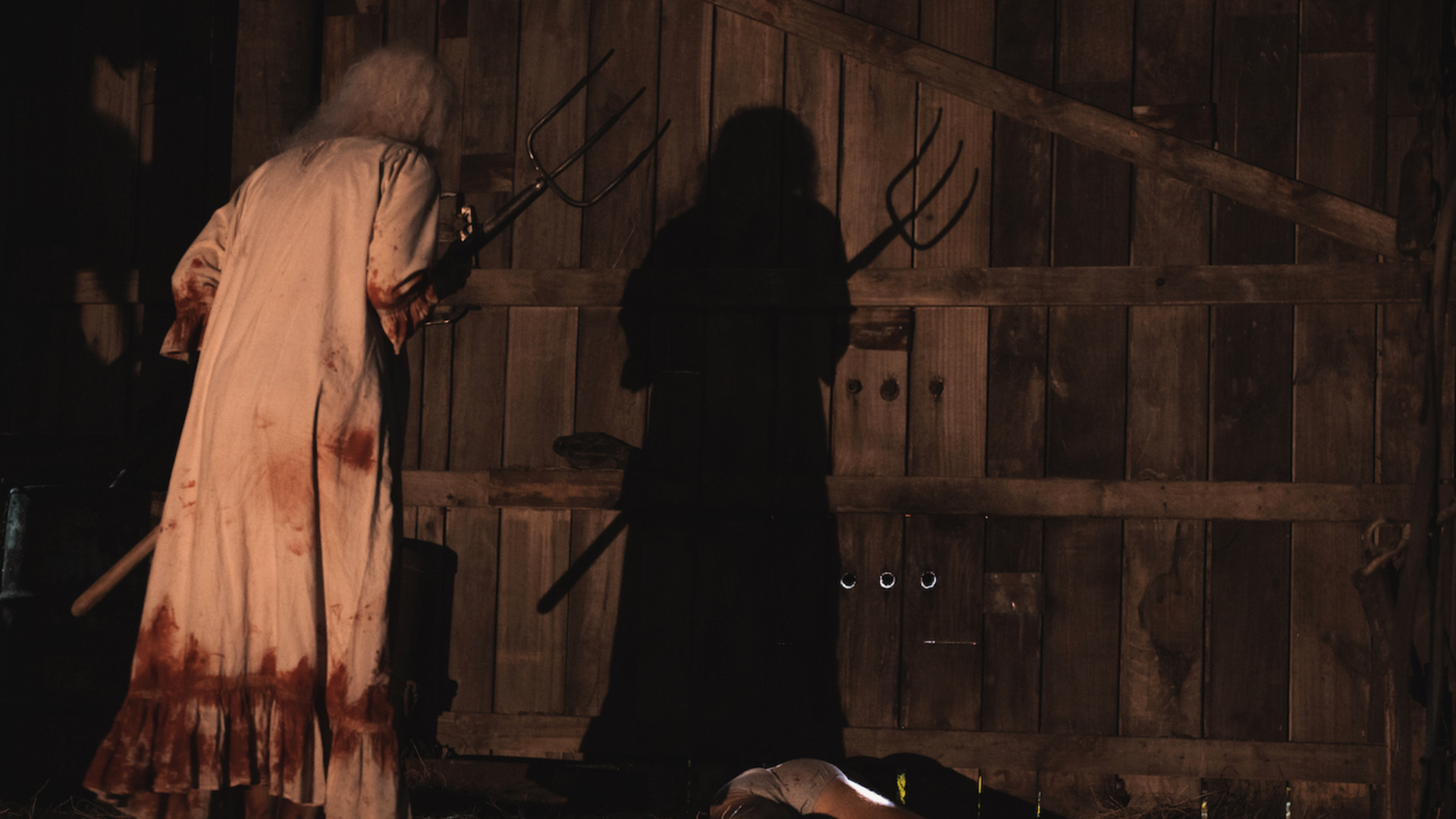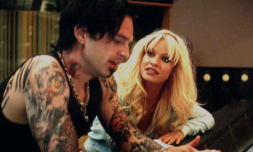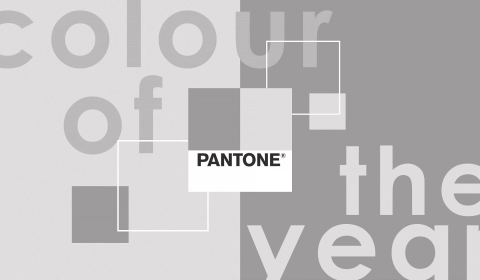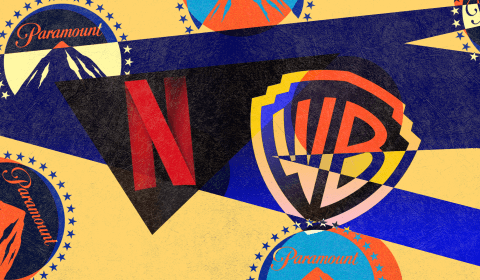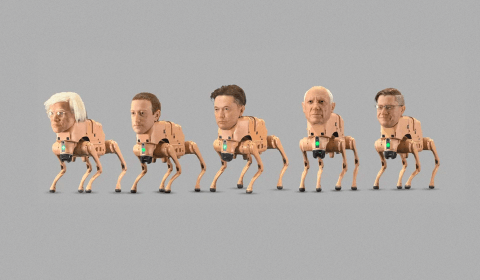In the modern age of horror, elderly women playing the roles of ghoulish antagonists is fast becoming an obsessive genre trope. Many such films hold up in a commercial and critical sense, but is this perhaps indicative of harmful gender values still present within Hollywood?
The Shining is one of my all-time favourite movies. Personal bias aside, though, one could argue that its most harrowing scene unintentionally sums up Hollywood’s 60 yearlong issue with gender misrepresentation, specifically within horror.
The scene I’m referring to, which made me afraid of unfamiliar bathrooms until around the age of 12, showed lead character Jack Torrance enter the Overlook Hotel’s infamous room 237. Allured and aroused by a young naked woman in the bathtub, he ventures in and embraces her.
Once his arms are around her, however, the attractive woman morphs and Jack pulls away in disgust. Thrashing to keep his proximity, he backtracks to the door whilst a now elderly figure – body no longer taut, hair thinning, and breasts drooping – walks him down laughing manically.
https://youtu.be/HaZpXxC-MZU
The scene succeeds in terrifying us, in part thanks to the musical score and sudden crescendo of tension, but also serves as an encapsulating moment for one of Hollywood’s (many) troublesome gender attitudes.
We’ve all grown up with TV and film sexualising women to a ridiculous extent, but within horror, this particular trope goes even further.
The general rule appears to be, once a woman is past her reproductive prime, she is used to horrify; to become a ghoulish hag-like figure undesired by everyone. There’s a name coined by critics and horror fans alike to encapsulate the genre’s obsession with this notion: ‘hagsploitation.’ Don’t you dare laugh!
Varying in nuance and subtlety from film to film, from the reclusive and standoffish housewife, to the psychotic and murderous pensioner, examples of women fifty and above being cast as horror antagonists continue to appear in low budget filler on subscription services and the silver screen.
Examples of ‘hagsploitation’ within film
If you’re a fan of modern horror, you probably won’t have to delve much into the memory banks to pull out some examples of what we’re talking about here.
Just off the top of my head, there’s M. Night Shyamalan’s The Visit, the Insidious franchise, Drag Me to Hell, American Horror Story, The Babadook, Hereditary, and an endless collection of movies starring Lin Shaye – the poster of one such film, Room Rent, goes with the tagline: ‘She’d kill to find a decent man,’ which is particularly amusing.
Currently showing on big screens at the moment, A24’s ambiguously titled ‘X’ leans into the tropes of the male gaze, the sexualisation of women, and of course, ‘hagsploitation’ about as much as physically possible – albeit with an ironic take.
Ti West’s picture centres around a group of adult entertainers who journey to an isolated farm to make a pornographic film. While there, an elderly woman who lives in the vicinity goes on a murderous crusade and picks them off in typical slasher style. Classic unhinged ‘psycho killer’ material. Sounds familiar, right?
Having multiple sexual advances wincingly rejected by the younger cast, the older woman (who fails to appear on IMDB), descends into a psychotic rage which provides the dark thrills. Between slayings, the superseding idea that this woman still has erotic desires is intended to send shivers down our spine.
Initially portrayed as a sex positive film, with Bobby-Lynne (Brittany Snow) stating, ‘Everybody likes sex… queer, straight, black, white, it’s all disco,’ we’re quickly reminded that this all-encompassing attitude doesn’t apply in any capacity to ageing folk.
‘One day we’re going to be too old to f*ck,’ she warns her peers, which reverberates through the remainder of the run-time. Also fully perpetuated by X, is the notion that sexual pleasure goes from ‘acceptable’ to ‘repulsive’ far later in life for men than women.
Nobody bats an eye at the 20-year age gap between Wayne Gilroy (Martin Henderson, 47) and on-screen beau Maxine Minx (Mia Goth, 28) as they go about work and pleasure.









